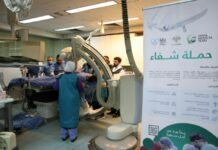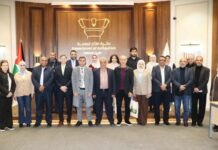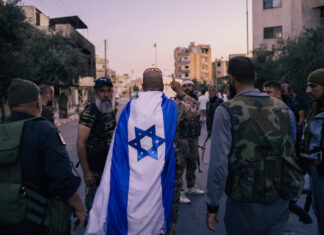Gaza and Idlib the Ties that Bind
Amid the chaos and devastation, a haunting scene unfolds. Bombed buildings stand as silent witnesses, their shattered remains echoing the cries of innocent victims. It is a scene that blurs the boundaries between two distant lands, as the dust settles on the rubble of demolished neighborhoods, the haunting question lingers: Can we truly distinguish between Idlib and Gaza?
While the varied complexities of Syria and Palestine are undeniable, parallels can be drawn between the scorched earth brutality in which the Assad regime, in Syria, and the Zionist regime, in Palestine, react to the resistance of those beneath their abusive rule. These parallels, though not identical, shed light on the common challenges faced by those who dare to oppose repressive regimes and strive for their rights and freedoms.
Oppression and Displacement
Palestinians and Syrians have endured decades of occupation, oppression, and protracted fights for their rights, freedom, and self-determination. Palestinians have suffered over half a century of illegal and inhumane occupation, while in Syria, the Assad regime’s authoritarian rule has spanned two generations, lasting for more than 50 years. The Palestinian struggle involves seeking the right of return and the establishment of an independent state, while in Syria, the 2011 crackdown on peaceful protests led to a revolution demanding political reforms, human rights, and an end to dictatorship.
The Zionist regime has denied building permits to Palestinians, leading to the demolition of Palestinian homes and the displacement of Palestinian families. According to the UN Office for the Coordination of Humanitarian Affairs (OCHA), in the West Bank alone, 14,441 Palestinians have been displaced due to the destruction or demolition of 9,919 structures. These include residential, commercial, agricultural, and educational buildings, many of which were destroyed due to the Israeli occupation’s refusal to grant permits.
Israeli authorities have also destroyed Palestinian homes and civilian infrastructure, including schools and hospitals, during previous military operations in Gaza and as punitive collective punishment measures. As of October 2021 4,460 Palestinians, including 200 children have been detained without trial or due process.
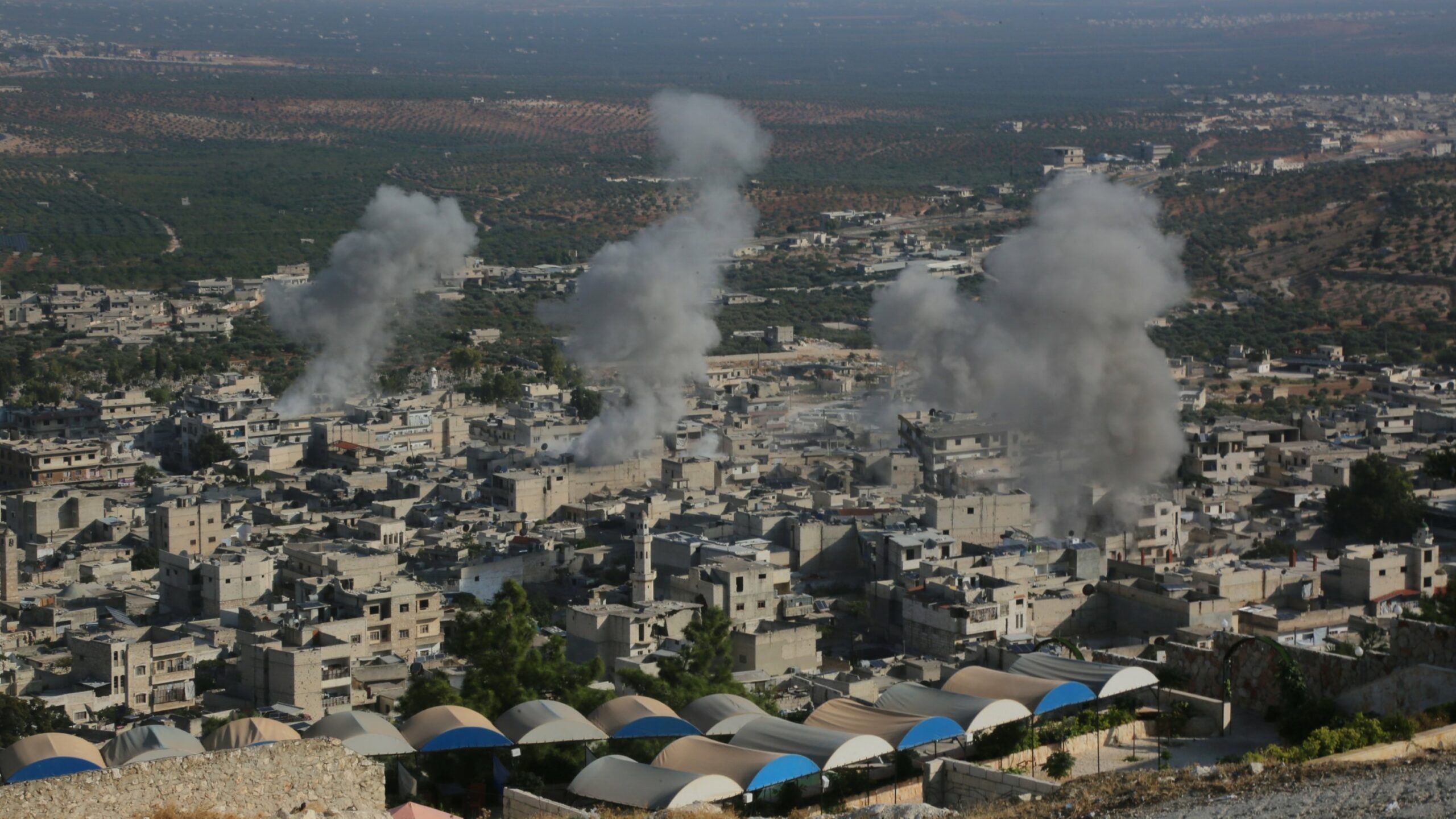
Tactics used against those in Palestine and Syria are strikingly similar with brutal scorched earth policies being implemented in a seeming design to ensure no one is left, whether via directly exterminating the population or creating a situation so untenable that the population is forced to flee.
The Assad and Zionist regimes have been accused of implementing forced displacement and mass destruction of vital infrastructure. According to the Syrian Network for Human Rights (SNHR) Assad and Russian armed forces’ repeated attacks on civilian infrastructure in Idlib and Aleppo which occurred between Oct. 5 and 12 targeted 51 civilian facilities which included eight mosques, 13 schools, six IDP camps, and eight medical facilities.
In Israel’s attacks on Gaza that began Oct 7, their forces destroyed approximately 52,000 housing units, according to a report by Euro-Med Monitor, while the UN records that 164 schools and 49 medical facilities, including 25 hospitals, were targeted by Israeli airstrikes in Gaza.
L24 spoke with journalist and political analyst, Dr. Ahmed Muwaffaq Zaidan who said, “Both regions are experiencing a new alignment and confrontation, attacks will intensify in both areas as both aggressors (Assad and Israel) take advantage of the preoccupation of the Ummah (transnational Muslim community) with one issue (over the other), making it easier for them to attack both regions.”
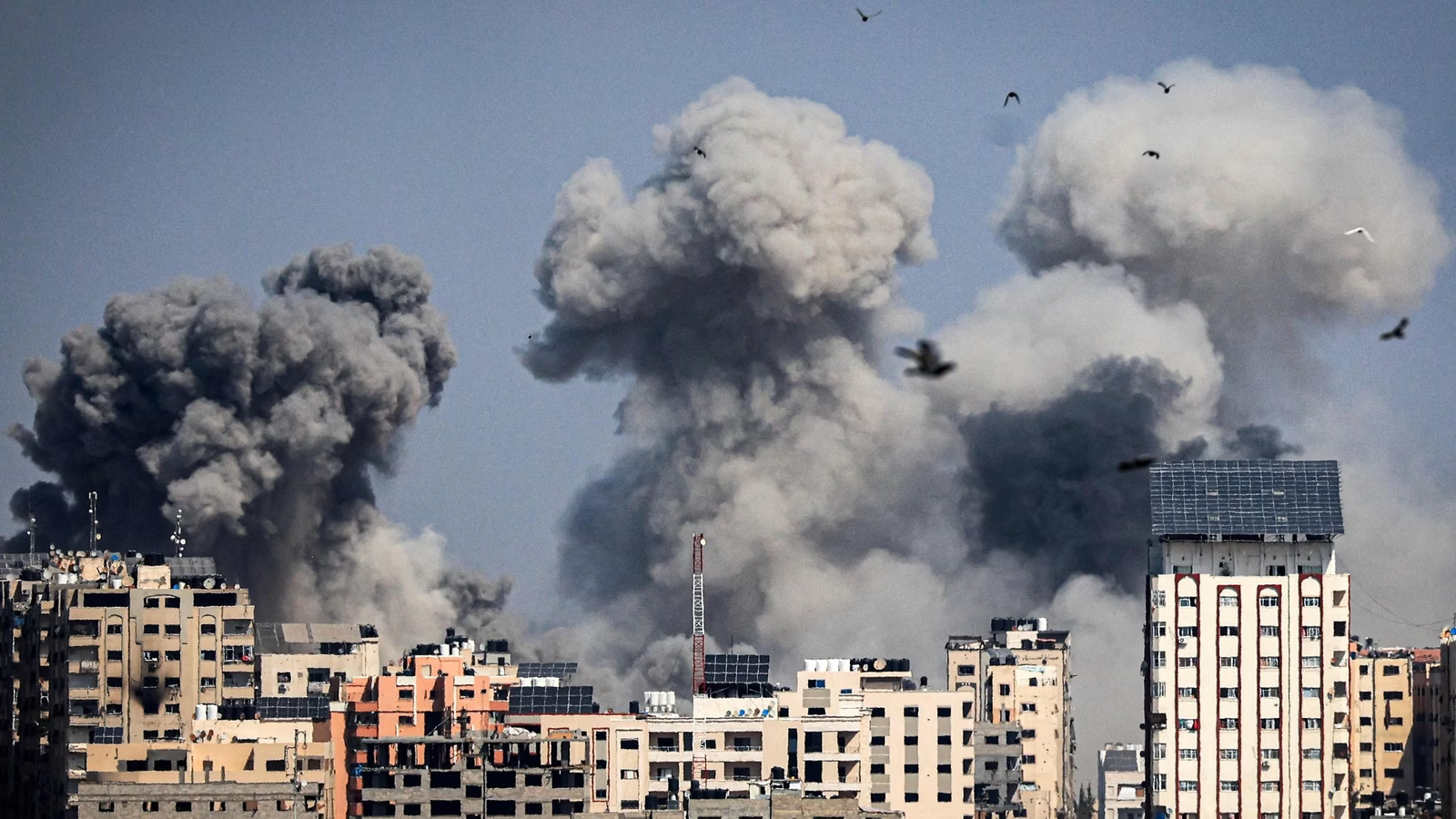
The Assad regime exploits recent Israeli airstrikes on its airports, used to transport Iranian weapons, as justification for attacking schools, homes, and hospitals in Idlib and Aleppo. Claiming the Syrian revolutionary factions and civilians are extensions of the Israeli forces.
The result of such attacks is depopulation, and it’s of note that the deliberate and forced transfer or displacement of people may constitute a crime against humanity and be considered ethnic cleansing. A study by Action for Humanity showed that multiple displacements are common among Syrian IDPs with 12% having been displaced once or twice and an overwhelming 65% of IDP households having been forced from their homes between three to seven times. The primary cause of displacement is ongoing bombardment by Assad and Russian forces. The regime has a well-documented history of policies intended to displace, divest and discourage the return of refugees and IDPs.
Collective Punishment and the Disproportionate and Excessive Use of Force
Palestinian resistance and revolutionary factions in Syria face adversaries possessing superior military forces with backing of wealthy nuclear powers. Israel receives billions of dollars in annual military support from the US while Assad’s state and military have been propped up by Russia and Iran for nearly a decade.
Conversely, Palestinians and Syrians, have had to rely on limited resources and makeshift weapons to defend themselves and their communities. This stark disparity in military support results in a disproportionate loss of life and destruction, further highlighting the asymmetrical nature of these conflicts and the challenges faced by both movements. Despite such difficulties, and seemingly impossible odds, they’ve continued to maintain their opposition to their oppressors.
Al-Wais explains the strength for such movements stems from their common religious convictions, “If your cause is just, and your principles are sound, because you’re facing a tyrannical oppressor, the strength of faith and the duty to resist make you resolute and steadfast. You draw strength from divine support and follow the path of the Prophets who stood against injustice with limited resources, yet triumphed because (as mentioned in the Quran), ‘How many a small company has overcome a large company by permission of Allah.’”

Ideological motivation is not solely the purview of the resistance. Dr. Zaidan mentions among the reasons powers like the US and Russia are so invested in the affairs of the region are rooted in the history of the region and geo-political policies going back nearly a century. Such support, he posits, is a continuation of a decades-long project in the wake of the dismantling of the Ottoman Caliphate predicated upon the imposition of non-Muslim minority rule over majority Muslim populations in Greater Syria. This, he says, is to divide and weaken the Ummah through deprivation of leadership and self-determination by robbing Muslim majority countries or their identity and agency through minority regimes empowered by colonial occupations.
These systems have been used as a tool of occupation and one of the leading causes of ongoing strife and suffering, “They succeeded in establishing a sectarian Nusayri rule in Syria, enabling them to subdue the Sunni people throughout the region and beyond. … The same applies to Palestine, where the Jewish minority was imposed on the governance of Palestine.”
Media as a Weapon of War in the Battle of Hearts and Minds
Issues in the Middle East and Muslim majority countries, like Syria and Palestine especially, often experience under-representation, misrepresentation, and marginalization, by the media. Narratives are designed to deemphasize the legitimacy of their struggles and aspirations for freedom and self-determination and right to self-defense and resistance, while vilifying their acts and validating aggression and crimes committed against them and their people.
In 2002 Israel Defense Forces (IDF) chief of staff Major General Moshe Ya’alon said, “This is first and foremost a war of ideology, and as such the media factor, the psychological impact of our actions, is critical.” The Israelis understand that propaganda and the media play an integral part in their war.
Media bias and unbalanced portrayal of these struggles have perpetuated stereotypes and hindered a comprehensive understanding of the complex dynamics at play. Narratives surrounding both Palestinian resistance and Syria revolutionary groups, especially those with Sunni Muslim identities, often fail to acknowledge the root causes of their fights nor the injustices they face. Instead accentuating violent acts, highlighting crimes or mistakes, or sharing fabricated stories and misinformation without validation, as happened several times this year regarding Idlib and in both previous and current Israel-Gaza conflicts.

Recent media coverage of the Palestinian resistance in Gaza has been criticized for dehumanizing Palestinians and legitimizing Israel’s crimes against them. International media coverage has portrayed the events as an “unprovoked attack” creating and promoting a narrative of racist, bloodthirsty savages, whose main goal is to kill Jewish civilians. These narratives ignore the complexities and context of the conflict to justify the genocide in Gaza, and provide cover for Israeli war crimes, painting Israel as a blameless victim instead of an inhumane aggressor opposed after decades of abusive oppression.
“In Islam,” says, al-Wais, “warfare is directed against aggressors and oppressors, not simply due to someone’s religion or beliefs. Christians have lived alongside Muslims, and Jews and Muslims, together, were expelled by Christians from Andalusia. Christians once sought refuge in Muslim lands, and their rights were respected. The Christian population of Jerusalem did not join the Crusaders’ campaigns; rather, it was the Muslims who resisted the Crusaders because their campaigns were seen as occupation and aggression. Therefore, these battles are about repelling aggression and injustice, not about religious or sectarian differences, as some may mistakenly perceive wars involving different faiths and sects.”
Dr. Zaidan, former Al-Jazeera Pakistan bureau chief commented, “I never imagined that many global media outlets would rely on such significantly biased misinformation in favor of the Zionists in the events of Gaza.” Such narratives aren’t only reductive and simplifications but also lead to exacerbating existing prejudices or even inciting further violence and conflict, as Zaidan mentions, “The Zionist considers our people in Palestine as subhuman while the world remains silent, even supporting them, and the Western media bias … is evidence of this.”
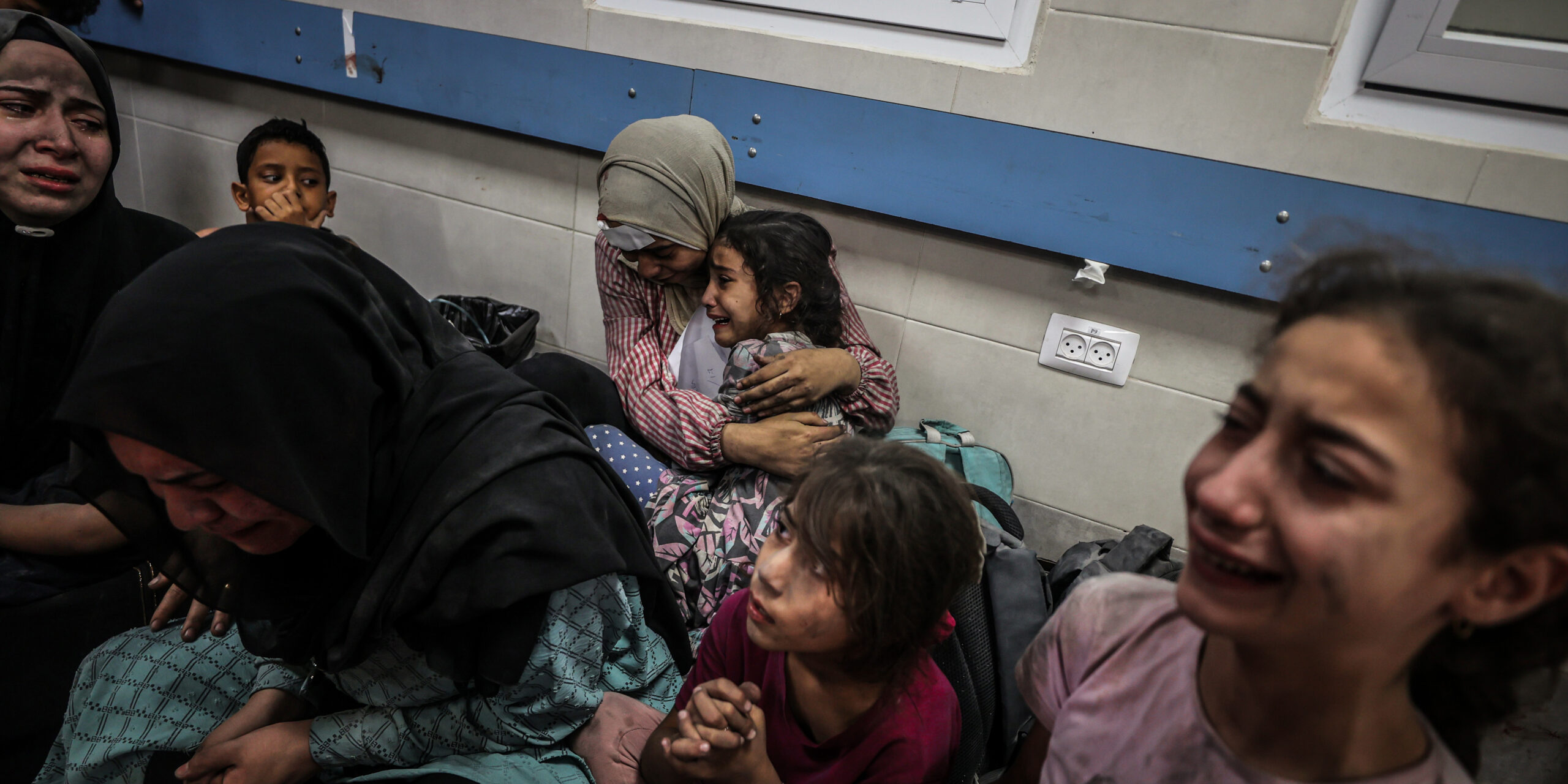
Injustice is doomed to perish
The parallels between the Palestinian resistance struggle and the Syrian revolution are evident in their shared experiences of resisting occupation, facing unbalanced aggression, and being labelled as terrorists. Both movements seek peace, self-determination, and the right to live in dignity. When reflecting on these shared struggles Dr. Zaidan muses, “The political legitimacy is the same for both parties, and thus the cost of liberation is high,”
Al-Wais is hopeful, citing the historical precedence of moral causes prevailing, “When your cause is just, victory becomes your ally. Throughout history, the forces of resistance have prevailed over the forces of tyranny and occupation because they are rooted in justice, while their oppressors rely on falsehood.”



